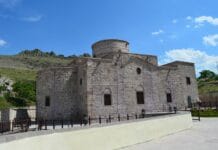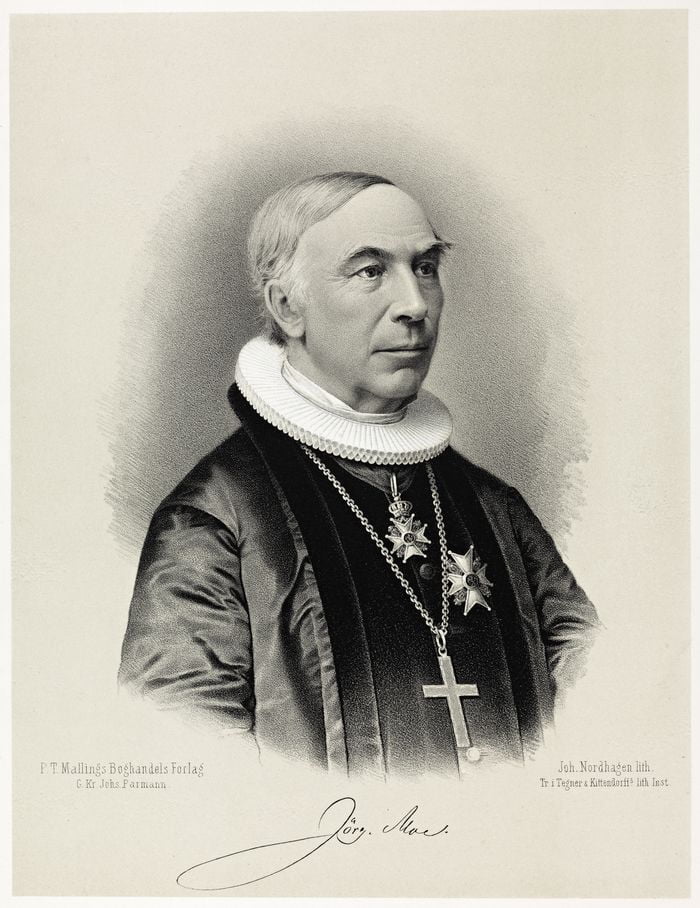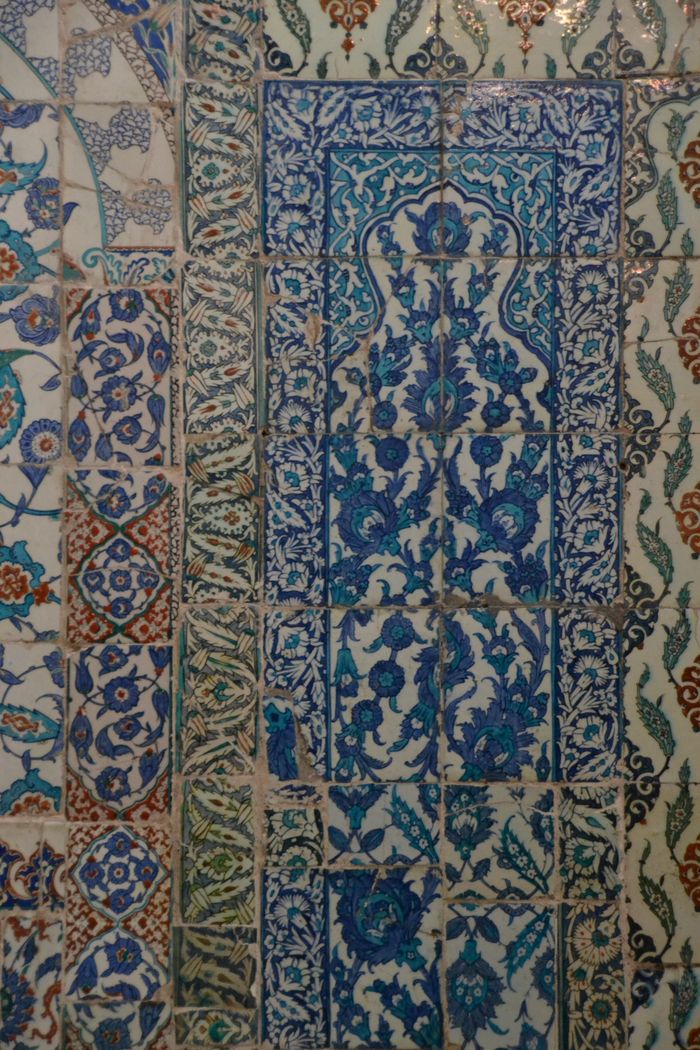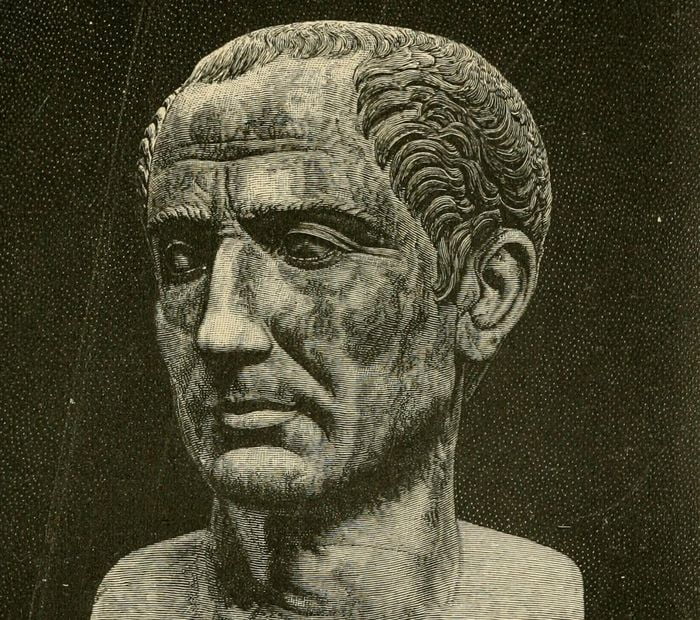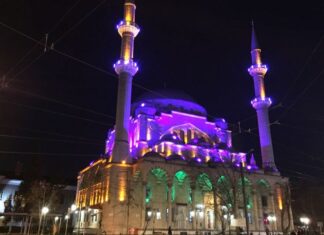In the upper eastern part of Ephesus, there was a large public square called the state agora. It measured about 525 feet (160 meters) long and was located at the southern base of Mount Pion.
A Place for Government and Legal Matters
On the north side of the agora stood a large building called a basilica, which was about 65 feet (19 meters) wide. People used this building for official and legal purposes. It was raised several steps above the open square and had walkways with rows of columns along the sides. The tops of these columns were decorated with carved bull’s heads in the Ionian style, which was quite special The Stadium in Ephesus.
There is a bronze inscription written in both Greek and Latin that mentions the Roman emperors Augustus and Tiberius, as well as the goddess Artemis and the People of Ephesus. This helps historians know that the building was made during the early time of the Roman Empire. Court meetings were probably held in this area, right across from the town hall, where city leaders worked.
The Town Hall Heart of Politics and Religion
The town hall of Ephesus, also called the prytaneion, was the center of both government and religious life in the city. Important meals, official ceremonies, and receptions were held there, along with meetings to discuss city matters Istanbul Day Trip.
The Town Clerk’s Role
The town hall was also the office of the town clerk, who was the top official in Ephesus. In the Bible (Acts 19:35–41), it says that when a large, angry crowd gathered at the theater because of Paul’s teachings, the town clerk came from the town hall to calm them down. The theater was located just north of the hall. Several old writings found in the city also mention the important job of the town clerk.


